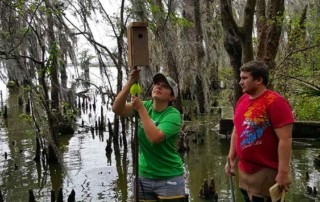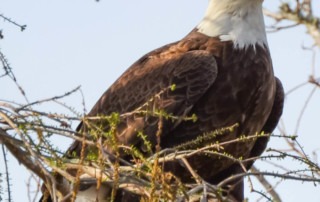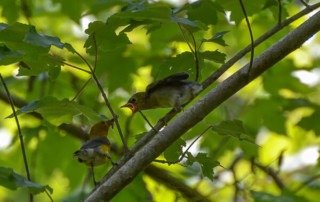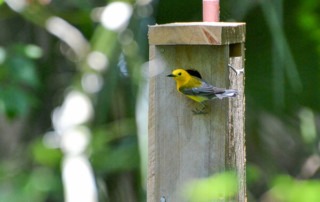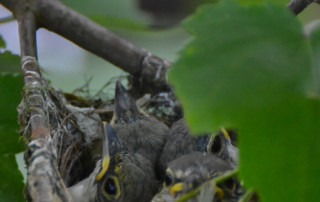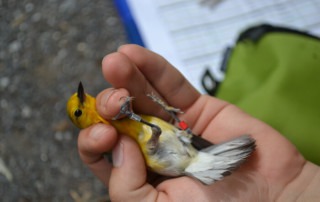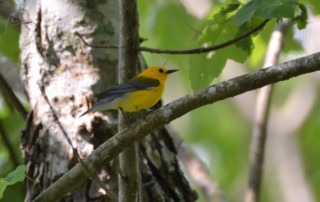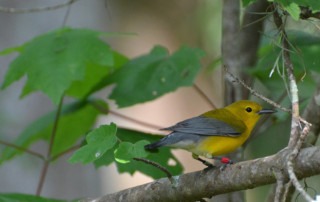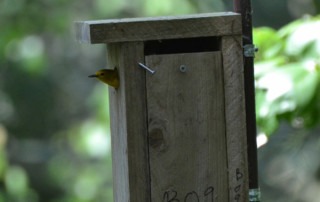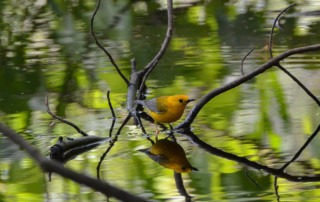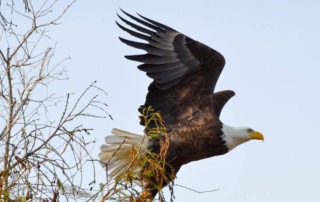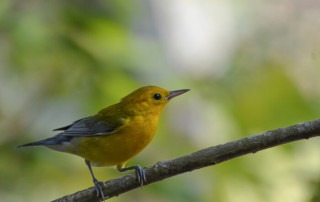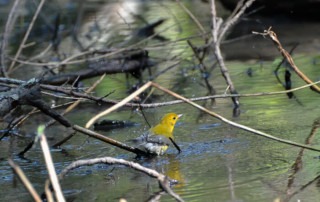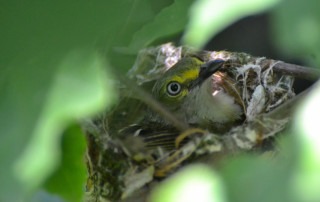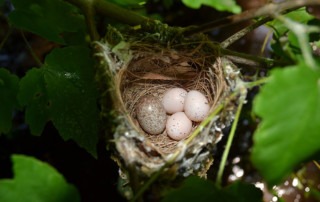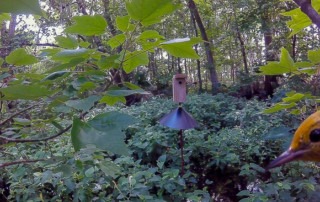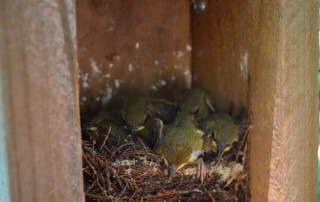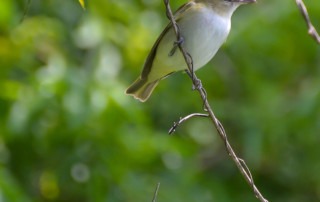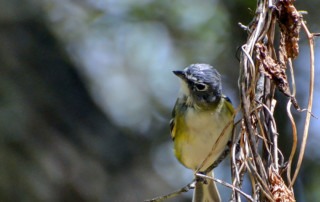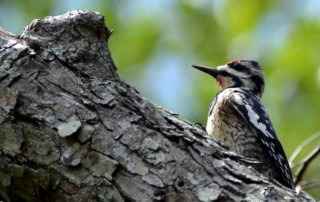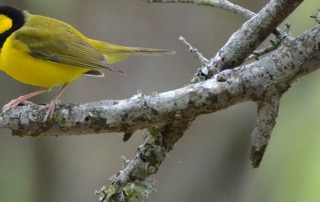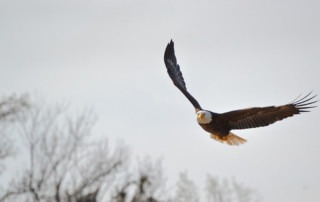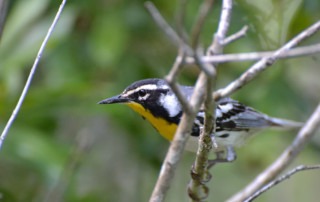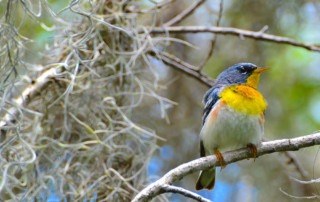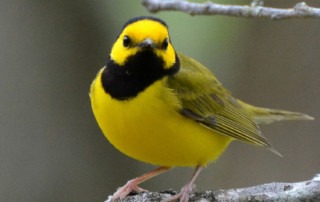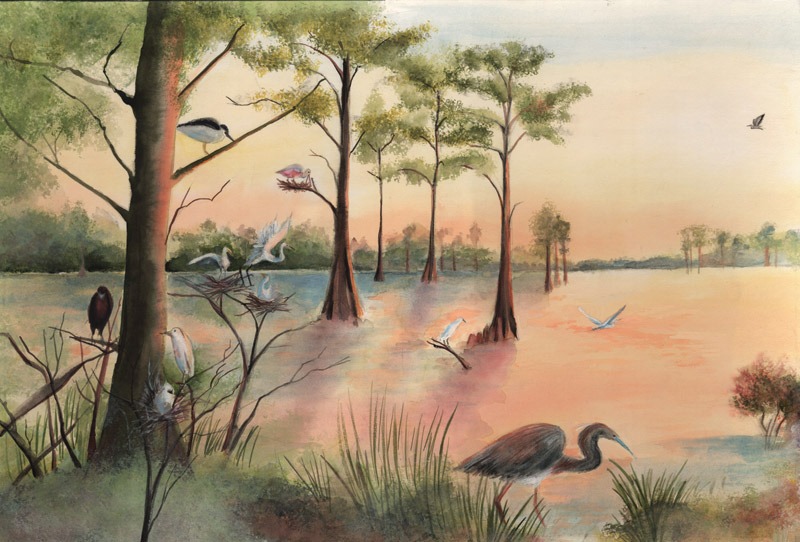 Inland from the marshes are the seemingly impenetrable forested wetlands of Barataria-Terrebonne that include both swamp and bottomland hardwoods. Swamp forests with their cathedral bald cypress, moss draped water tupelo, and tea-stained water are a hallmark of Louisiana. These majestic cypress/tupelo forests are important not only to migrants such as yellow-crowned night herons, Acadian flycatchers, northern parulas, indigo buntings, and hooded, Prothonotary, and yellow-throated warblers but are equally important to resident great blue herons, wood ducks, red-shouldered hawks, barred owls, and pileated woodpeckers. In the winter, the swamps play host to yellow-bellied sapsuckers, eastern phoebes, and hordes of yellow-rumped warblers.
Inland from the marshes are the seemingly impenetrable forested wetlands of Barataria-Terrebonne that include both swamp and bottomland hardwoods. Swamp forests with their cathedral bald cypress, moss draped water tupelo, and tea-stained water are a hallmark of Louisiana. These majestic cypress/tupelo forests are important not only to migrants such as yellow-crowned night herons, Acadian flycatchers, northern parulas, indigo buntings, and hooded, Prothonotary, and yellow-throated warblers but are equally important to resident great blue herons, wood ducks, red-shouldered hawks, barred owls, and pileated woodpeckers. In the winter, the swamps play host to yellow-bellied sapsuckers, eastern phoebes, and hordes of yellow-rumped warblers.
Swamp forests are not much higher in elevation than the adjacent freshwater marshes and are typically flooded much of the year serving as a transition between marsh habitats and uplands habitats. Plants that dominate this ecosystem have evolved to tolerate prolonged flooding including bald cypress, water tupelo, swamp red maple, black willow, pumpkin ash, green ash, water locust, and buttonbush.
Flanking many of these cypress/tupelo swamp forests are the bottomland hardwoods of Barataria-Terrebonne. Here, plant diversity is at its greatest. Like cypress/tupelo swamp, bottomland hardwoods are also very important for migratory songbirds including yellow-billed cuckoos, summer tanagers, red-eyed vireos, and great-crested flycatchers. Northern cardinals, blue jays, and Carolina chickadees are also common inhabitants of bottomland hardwood forests. In winter, forested wetlands shelter sharp-shinned hawks, American woodcock, hermit thrushes, ruby-crowned kinglets, blue-headed vireos, and white-throated sparrows.
Overcup oak, water hickory, sugarberry (hackberry), swamp dogwood, swamp privet, water elm, water oak, sweet gum, box elder, winged elm, hawthorns, red mulberry, and pecan dominate bottomland hardwood plant communities.


